Thoughts on Thoughts: How to get more biscuits in the basket
Thoughts on Thoughts is a feature that looks at Elliotte Friedman's terrific weekly post, "30 Thoughts." Justin Bourne selects his five favorite tidbits, and elaborates.
Elliotte Friedman's 30 Thoughts: Canadiens more than a one-man team
4. Here's a question about decreasing goal totals: what if the problem is not goalies? Thanks to stats.hockeyanalysis.com, you can make an argument the real issue is where the shots come from (or who is taking them). At five-on-five so far in 2015-16, the league-wide save percentage is .928. Eight seasons ago, it was .920. If you break it down even further, goalies are at .913 when a forward is shooting and a ridiculous .966 against defensemen. The way the game is played now, we are seeing more shots from defenders every year (just under 28 per cent of all taken to this point). Maybe the question is, does the NHL have to go back to the old, smaller offensive zone so teams must cover the points? Will that loosen up the forwards?
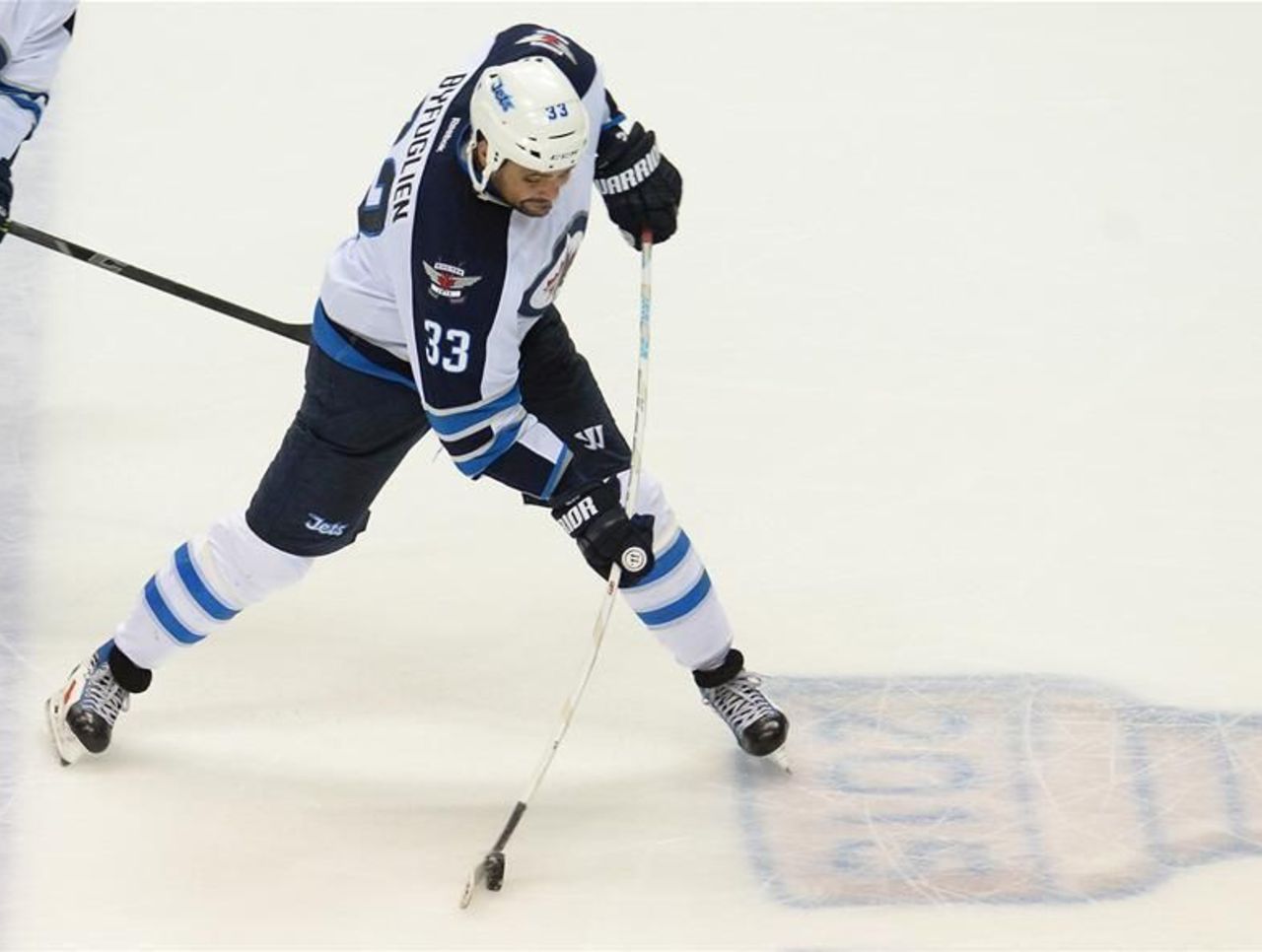
This is a worthwhile conversation. By bringing the D-men closer to the net - in turn, improving the likelihood that any point shot will find the back of it - you do force wingers to pay more attention to them. Wings blanketing D-men were the root cause of the expanded zone - it was assumed they'd do as they always have, drawing them farther from the net, leaving the forwards more room to play down low and get creative. But as always, coaches adjusted: they started "cutting off the top" and sagging lower, and the new swath of open ice was soon found farther from the net, not closer. Hence, the steady increase in point shots - teams will always use the open ice.
So maybe it is time to revisit the expanded zones and think about going back to the old sizing. It's not going to create any less room down low - wingers will still play about as deep as they currently do - but they'll be forced to pay more attention to opposing D-men, and less to layering low to thwart forwards.
6. There is another possible solution: calling more penalties. (Or as one executive regularly texts, "just call the &$%#@* rulebook.") This is more of a battle than you'd think. There are some GMs who hated the loosened standards from 2005-06, and don't want to go back. I remember Steve Yzerman calling it "unrealistic." He's definitely someone who prefers the players, not the referees, decide games. Team power plays have dropped from six to three per game in the last 10 years. But, more man advantages do lead to more goals.
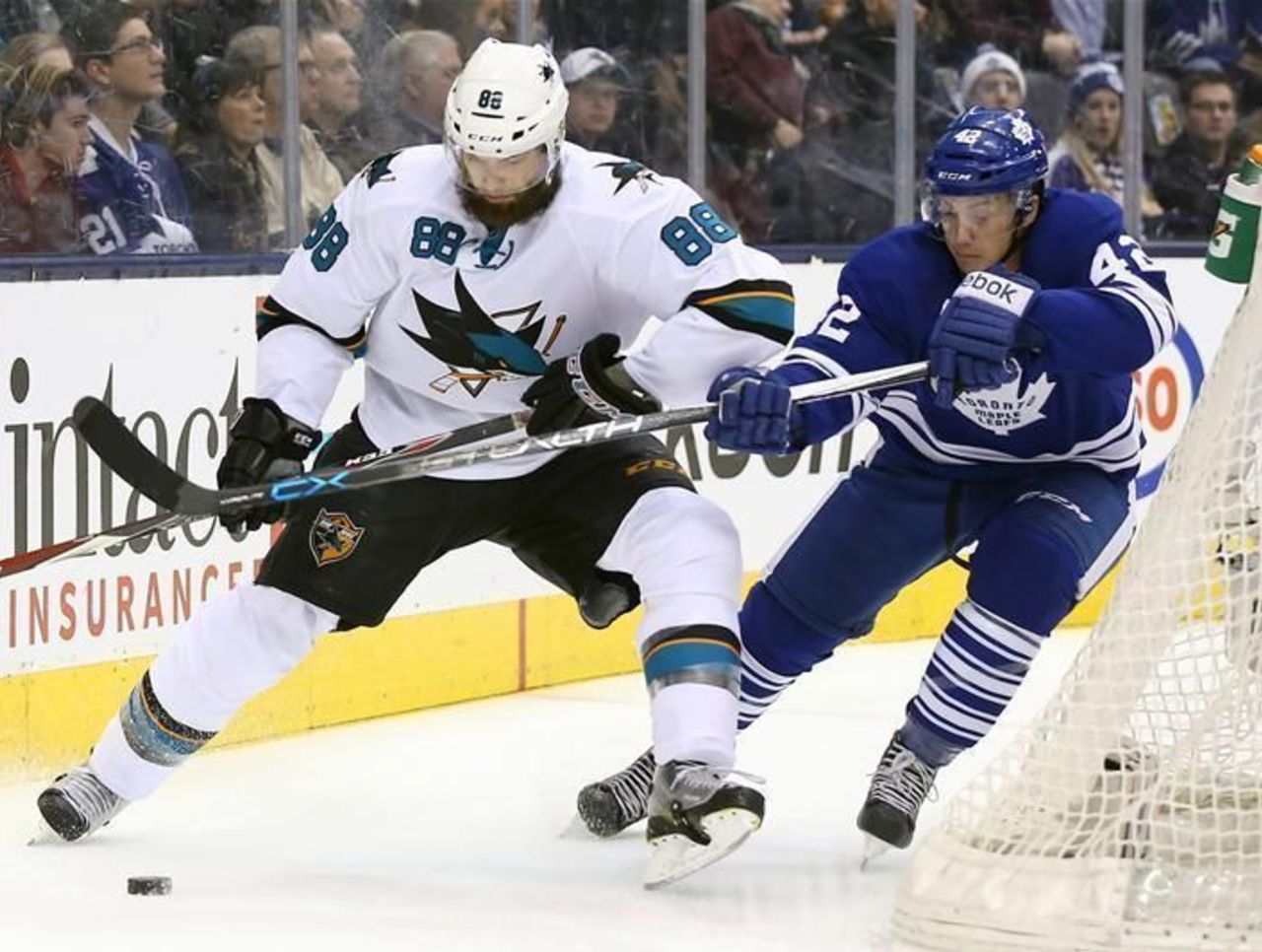
I think we can find a happy medium between six and three power plays per game here. I'm not a fan of watching special teams hockey - I'd much rather watch 5-on-5 play, as fun as it is to get the stars on the ice more. But calling more power plays doesn't exclusively increase offense via special teams. Players are constantly feeling out refs and playing on that edge of what's legal. If they believe refs are calling the game more tightly, they're less likely to use obstruction during 5-on-5 play, which also opens up the ice at even strength. Now you're getting more goals in both situations.
I don't want to go back to six penalties per team per game (that's just past the cusp of absurd), but I wouldn't mind seeing the refs free up the stars at evens a bit more with an uptick in obstruction calls.
8. At the Competition Committee meeting last June, Flyers owner Ed Snider told the players, "If you don't shrink the goalie equipment, we're going to increase the size of the nets." That mantra was repeated a few more times this week, but I don’t think it's what anyone really wants. According to a source, the NHL recently dressed one goalie in a regular skater's sweater to see how it looked with the equipment underneath. Form-fitting jerseys are possible. Coyotes GM Don Maloney compared it to a soccer 'keeper's look. The league is responsible for assigning sweaters, so, in theory, it could say, "Here's what you are going to wear, your equipment better fit underneath."
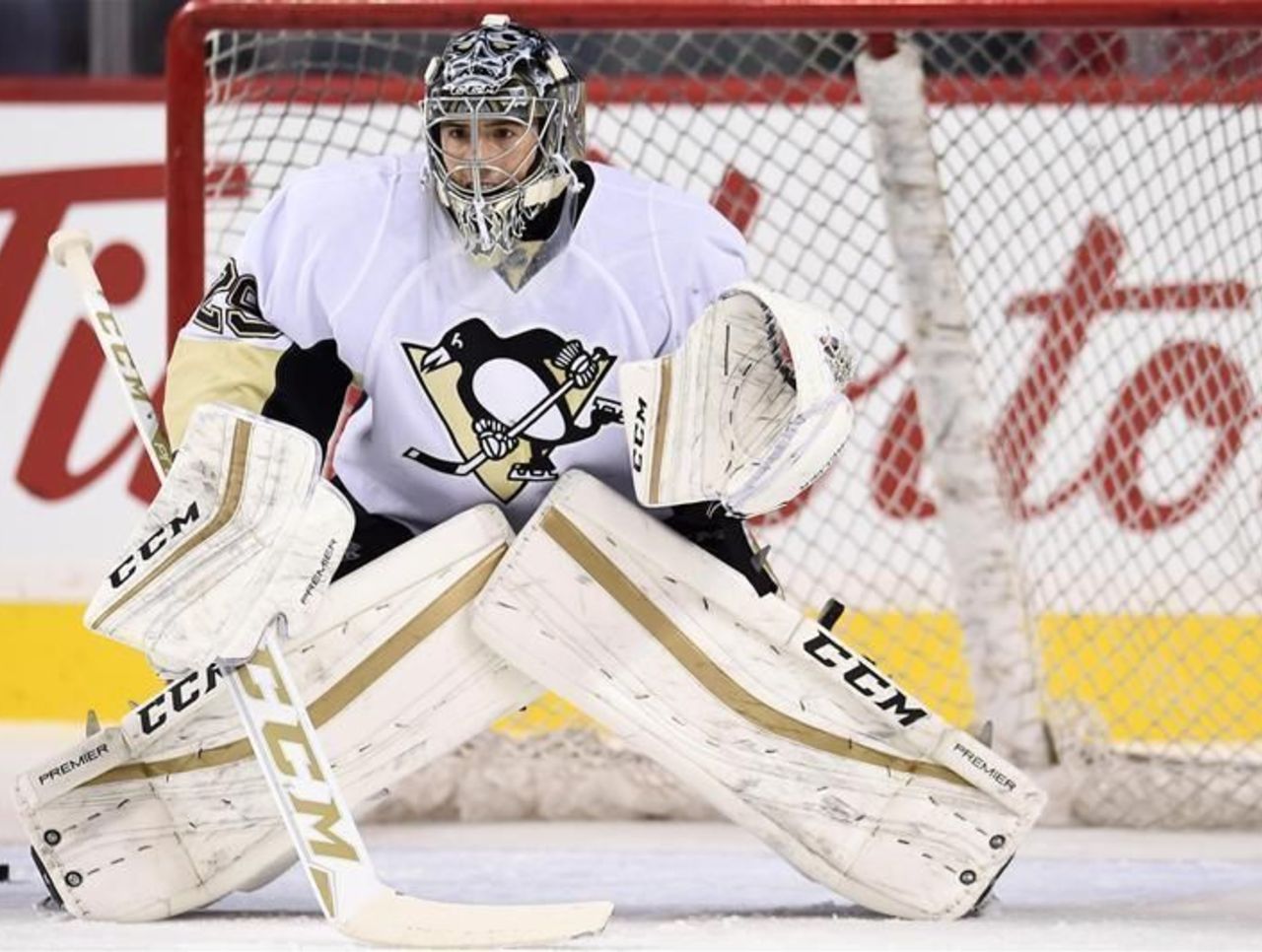
When it comes to net size, I'm with Brian Burke. This is absolute, utter desperation, last-resort stuff to me. We've discussed two ideas above (and there's another below) before we have to take such extreme measures. A basketball hoop is a certain size; a golf hole is, too; the bases are a certain distance apart. Those are the parameters of our sport. Burke said, "You're rewriting the record books if you change the size of the nets. Basically, you have to figure out some way to figure out how these new goals are measured against the old record book." I don't know about you guys, but the history of the game matters a lot to me.
So, let's not muck with the scope shooters have worked to dial in for their whole lives and change the dimensions goaltenders have mastered covering before trying other avenues.
9. Ideally, though, the idea is for the league and players to do this together. There is a ton of skepticism - we've heard all this before - but a few sources on both sides say there is a willingness and desire for more scoring. The targets are the pants and sweaters/upper-body padding. Ryan Miller is extremely unhappy he's being pinpointed, but, unfortunately, he's the example everyone's using. The irony here is Miller worked to help decrease pad sizes a couple of years ago. As for gloves, there is real concern about injuries if those are cut down. One goalie pointed out that Carey Price got even better when the pads were shrunk, "but that's OK, it should be up to talent, anyway."
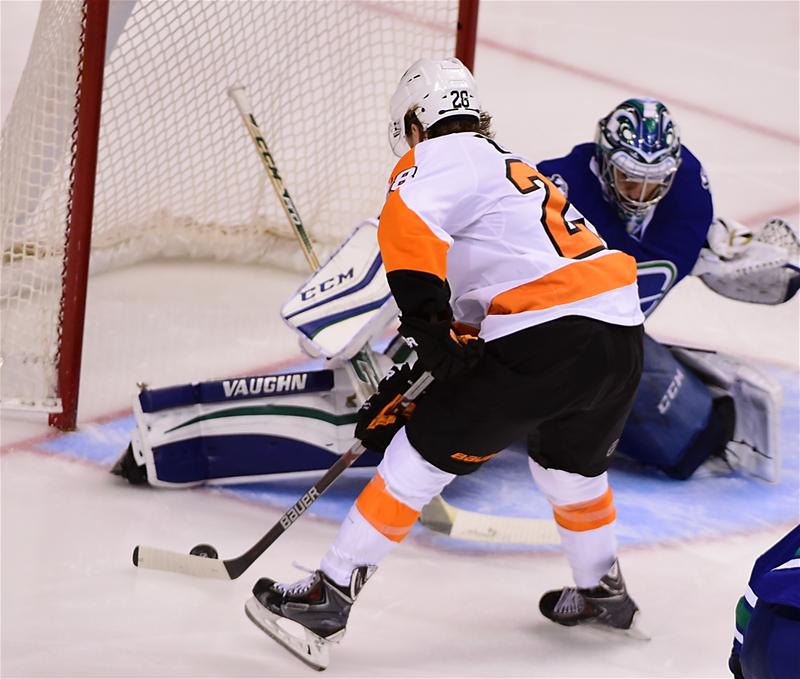
Ryan Miller's mad like, all the time, eh? He's a smart, thoughtful guy, but he sure is easy to work up, this time targeting Ray Ferraro, who recently commented on his (huge) pant size. (The guy is basically built for a post-career media gig.)
Anyway, the oft-cited argument from goalies that kills me is the comment "Carey Price got even better when the pads were shrunk," as if it's a reason to void the idea of shrinking goaltending gear.
If goaltenders think they'd evolve and improve under those conditions, go ahead. Do it. Right now, everyone is huge and has it figured out. We know where we're at with things as they are. The worst-case scenario with smaller, quicker goalies is that more athletic guys excel and play a more active style of goaltending, which is more entertaining for fans, which is what we're going for. (All this assumes we can keep goaltenders equally safe with incrementally smaller gear, of course.)
It's such a silly argument. If goalies believed they'd get better if they wore smaller gear, they'd be wearing smaller gear. It's legal.
19. Toronto's Antoine Bibeau, on what he learned at his first NHL practice: "I knew everyone could shoot. I didn't realize how fast they released it."
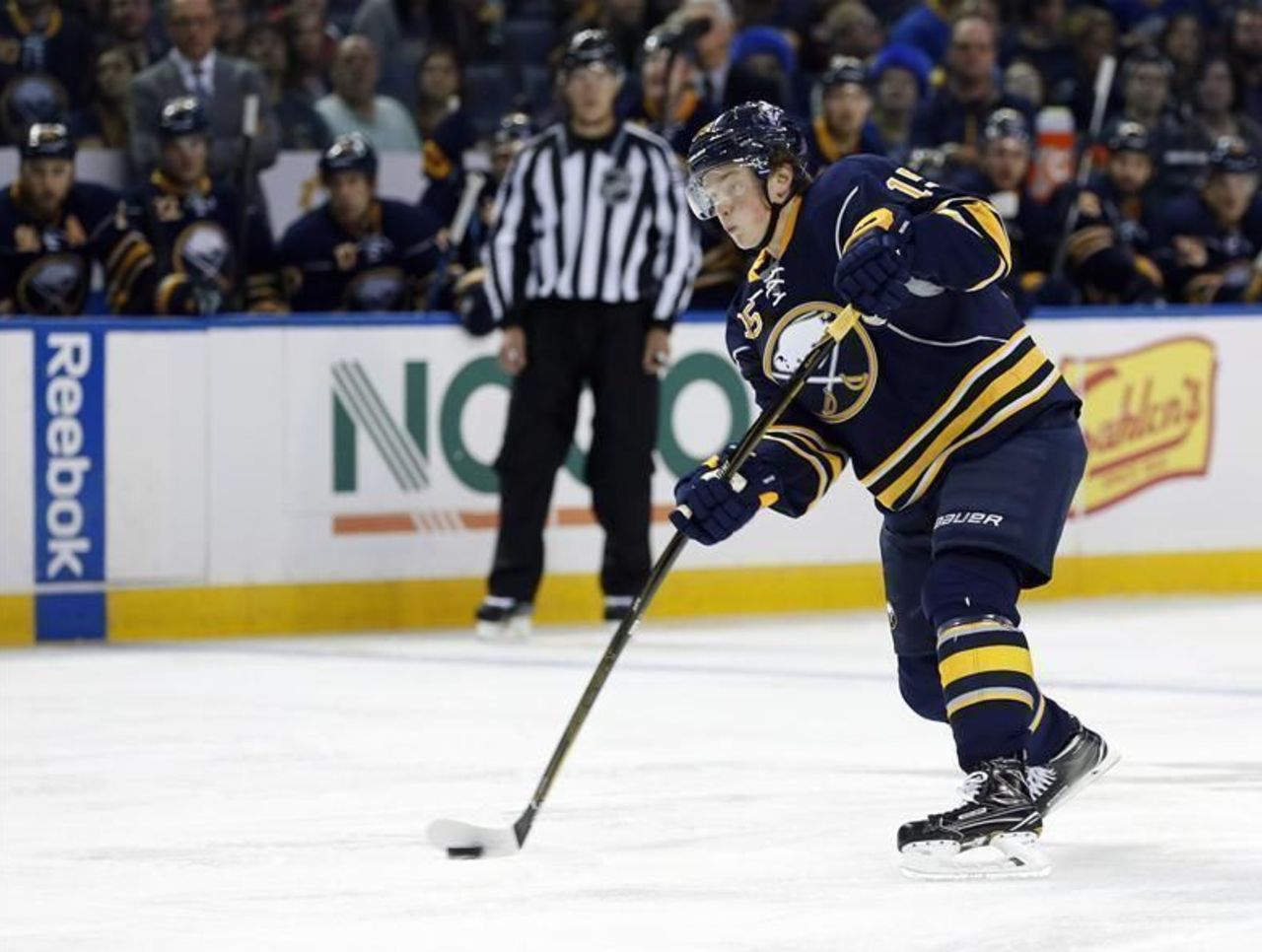
Thomas Drance, managing editor of the Nation Network, recently sent me the quote below to get my thoughts. The quote is from - you guessed it - Ryan Miller, on Jack Eichel's deceptive release:
That's what I've noticed in the last little while. Young kids have a different release. They grew up with the one piece. My generation grew up on wood, then transitioned to the two piece then back to the one piece. I think there are a lot of confused guys in my generation who never really found a consistent way to shoot.
Jared McCann and Jake Virtanen, a lefty and a righty, very different releases. They have their own voice so to speak, like a violin player has their own voice, these guys all have different kick points, their hands are at different levels, and the puck comes off at different spots. And they grew up learning how to use that composite shaft, they know how to lean on it, I didn't shoot much growing up - switched to goalie - but when I do shoot, I always feel the kick and the wood sticks and the blades react way differently. And these guys are just used to it.
Isn't that an awesome observation? When I was I kid, I started with wood. Then I used a 63,000-flex Branches aluminum shaft (rough estimate) - basically a piece of rebar. Then I was on to a variety of different shafts/blades, then wood again, then first-generation Easton Synergys and beyond. Until you were stronger - like, in your teen years - there was no chance you used a stick you could flex. We had to open up the blade or slice across the puck on slappers to raise it, but the kids coming into the NHL now were raised on proper flex junior sticks (for like $120 bucks a pop, mind you) so they could whip the puck top shelf.
Depending on what guys chose to use as kids, you'd best believe a cacophony of new "voices" developed, which has yielded some remarkable shooters.
"Remarkable shooters," mind you, and guys still can't score. Let's get to tweaking a few things this offseason, shall we?
HEADLINES
- Hart Trophy Rankings: Draisaitl, MacKinnon seize opportunity
- Crosby passes Sakic for 9th on all-time points list
- Senators' Chabot: 'Nobody can hide' after being booed off ice
- Top Shelf: MacKinnon for MVP? Celebrini for Calder? Midseason awards special
- Islanders blank Golden Knights for Sorokin's 20th career shutout